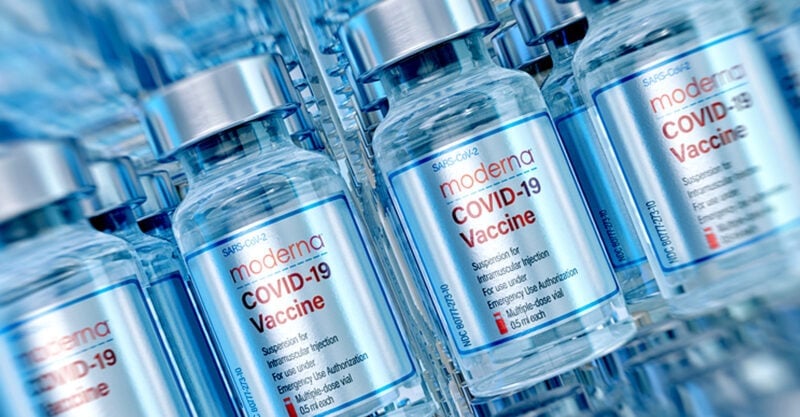Vaccine Companies Were Required to Publish Numerous Post-Authorisation Safety Studies. So Where Are They?

Where are all the Covid vaccine Post-Authorisation Safety Studies (PASS) which were one of the conditions of authorisation of the Pfizer, AstraZeneca and Moderna Covid vaccines?
Most people will not have heard of PASS studies, but as the name suggests they are extremely important to monitoring medicine safety. Pharmaceutical companies are almost always required to do them for any new medicine.
The Covid vaccine PASS studies are using real data from the NHS and other national healthcare systems to anonymously match recorded vaccinated and unvaccinated individuals by age, gender and Covid infection status. This allows detailed investigation of the relative incidence of side-effects between vaccinated and unvaccinated individuals.
So PASS studies are far more useful than the Yellow Card system, which just compares the frequency of (passively) reported Covid vaccine side-effects to other medicines, and far more useful that the ONS Covid vaccine safety analysis which founders (among other things) on the ‘denominator problem’: not knowing the number of unvaccinated people. The Covid vaccine PASS studies will be really informative about Covid vaccine safety.
The EMA approved the protocols for doing those PASS studies in 2021: Pfizer, AstraZeneca, Moderna and the MHRA approved the use of NHS data in those studies (see also here for Pfizer, AstraZeneca and Moderna).
Each company set out its timetable for submitting interim progress reports prior to its final report. Using the EMA links above, I counted 13 interim progress reports which should have been published by now.
I consider myself a bit of Google sleuth but I have only managed to find two: AstraZeneca’s ‘Interim Report 1’ and one Pfizer ‘Progress Report‘ which does not contain any results.
So let’s look at AstraZeneca’s ‘Interim Report 1’ dated April 21st 2022, which runs to 292 pages. You can find the U.K. results in Table 11.1, starting on page 128. My observation is that the rate of Adverse Effects of Special Interest (AESI) per 10,000 people is almost always higher in the vaccinated, sometimes significantly. But let’s just go with the report’s core conclusion (page 106):
The largest numerical differences between vaccinated and unvaccinated subjects were observed for the incidence of TTS, thrombocytopaenia with bleeding, anaphylaxis and stress cardiomyopathy.
To be scrupulously fair, that statement came with some caveats: “differences were not consistent across all data sources”, and the results “should be interpreted with caution given the short study period included in this first data extraction and the lack of standardisation or adjustment for potential confounders and potential differences in the baseline characteristics of the study cohorts, which is planned for future analyses”.
Fair enough. So what about AstraZeneca’s “future analyses”? Where is ‘Interim Report 2’, which was due January 2023? Where is its ‘Progress Report’, due April 2023, and its Feasibility Report, due June 2023? Not a sniff of any of them.
And where are any of the Pfizer and Moderna Covid vaccine PASS studies? No sign of them either. So much for transparency and informed consent.
I have an FOI outstanding with the MHRA asking them to send me the missing PASS reports and provide updated delivery dates for the ‘not due yet’ ones. While we wait for MHRA to reply, here are two obvious observations:
It’s not just MHRA which has failed to publish them; the EMA and FDA have also not published them.
If the missing reports confirmed that the Covid vaccines were safe, you’d bet your bottom dollar they’d have published them and be shouting them from the rooftops.
I could be wrong and they are lurking somewhere on the web, so if you find them, do let me know. But if I’m right…
Read More: Vaccine Companies Were Required to Publish Numerous Post-Authorisation Safety Studies
This article has been archived for your research. The original version from David Icke can be found here.



